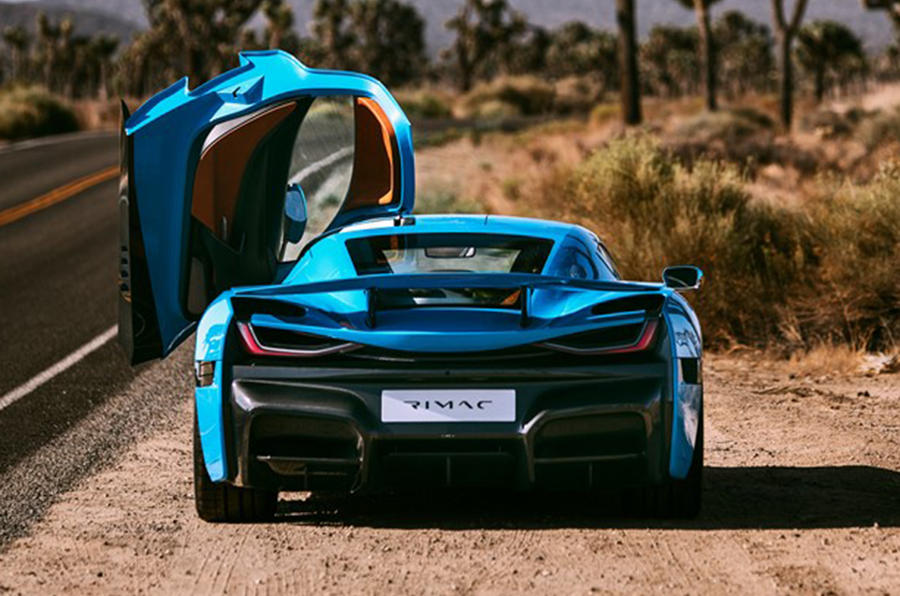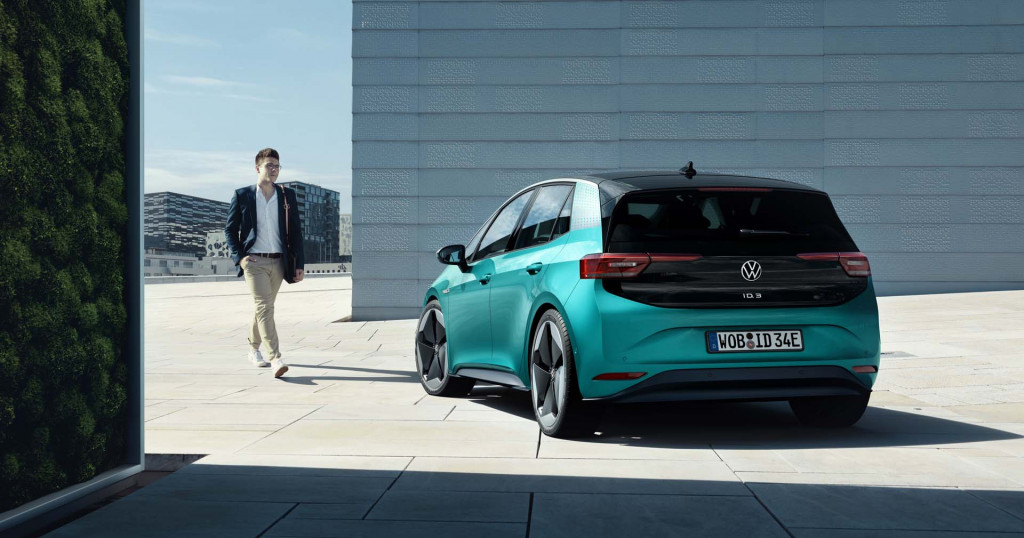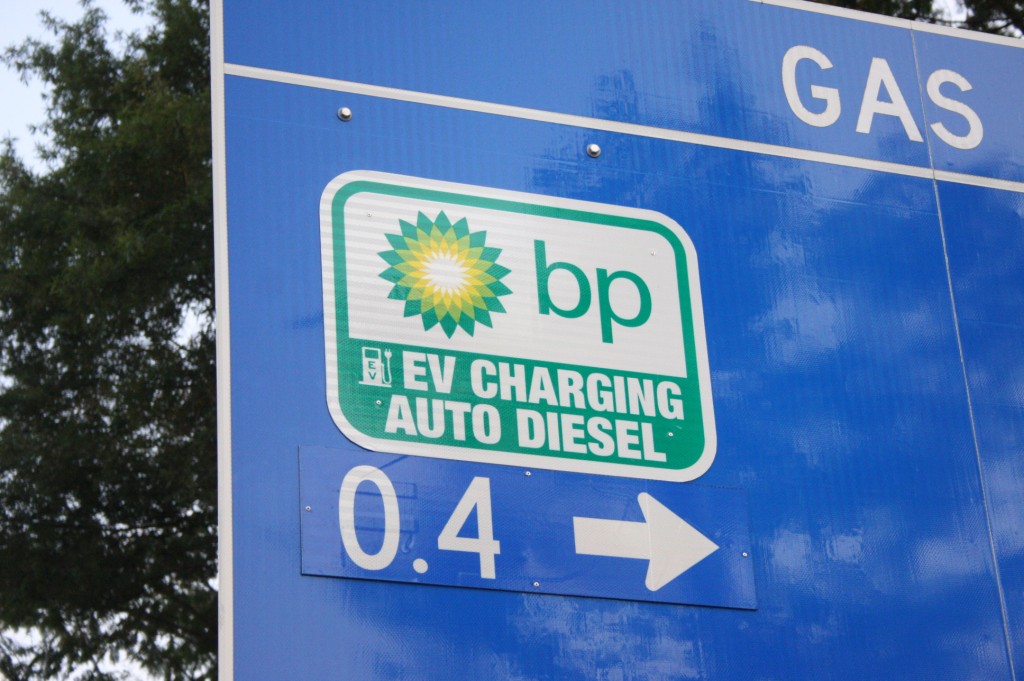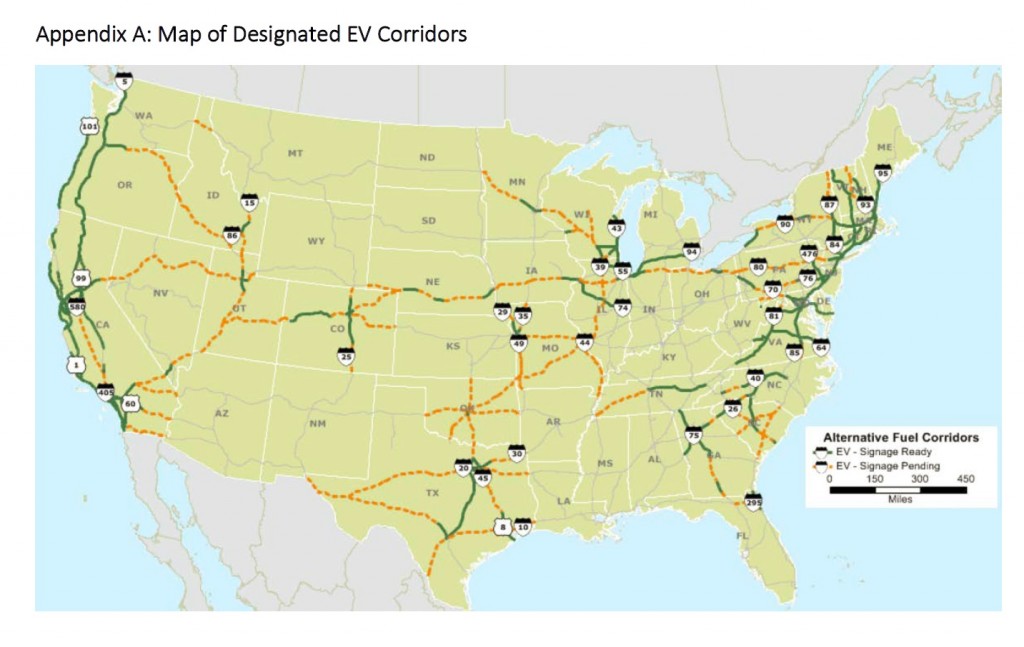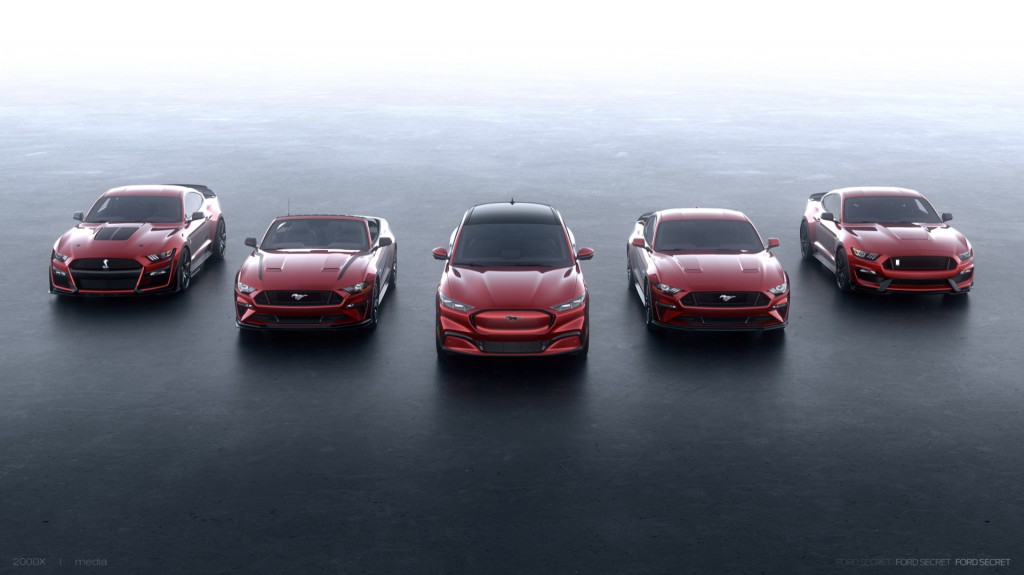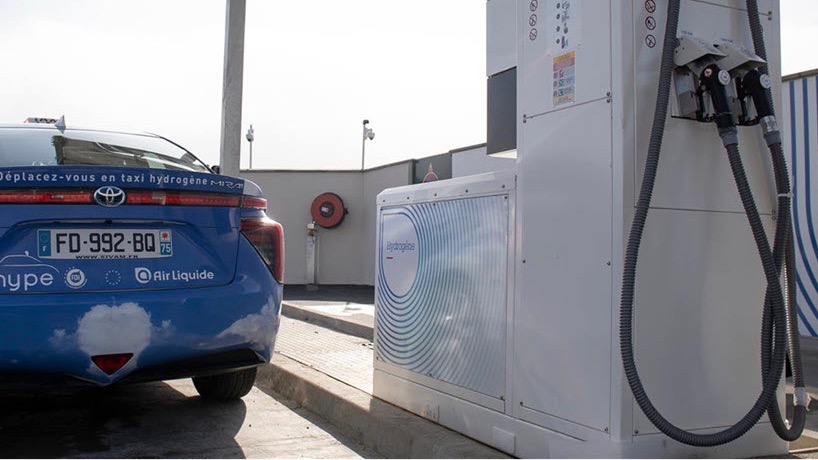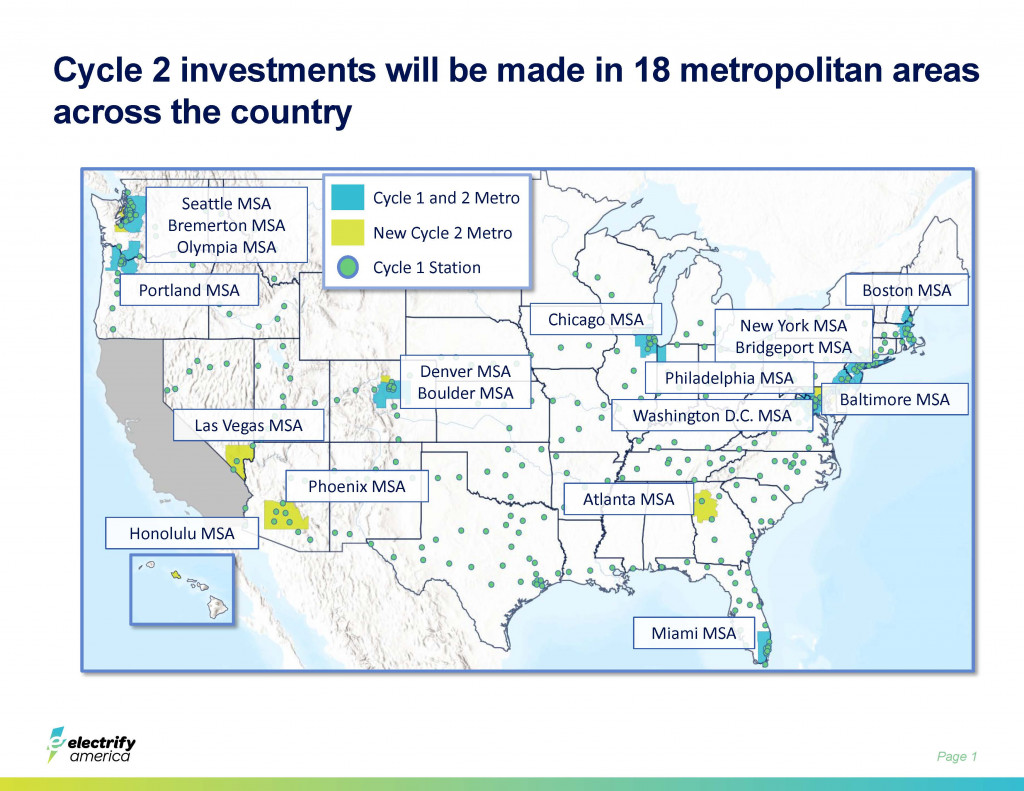Go to Source
Author: Green Car Online News
Rimac C_Two electric supercar delivery delayed to 2021
Go to Source
VW ID.3 delay, GM electric van, RAV4 Hybrid fuel tank update: Today’s Car News
Go to Source
Volkswagen ID.3 delayed to September for first European deliveries
Go to Source
Charging connectors will be required at gas stations in Germany
Go to Source
EV charging, carbon reduction included in $500B transportation infrastructure bill
Go to Source
Ford isn’t worried about low gas prices fueling EV avoidance
Go to Source
Dual-nozzle hydrogen dispensers could help get fuel-cell drivers on their way faster
Go to Source
Location is everything for high-power DC fast charging
Go to Source
GMC Hummer EV timing, Lordstown in-wheel motors, SparkCharge test: Today’s Car News
Go to Source
